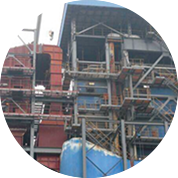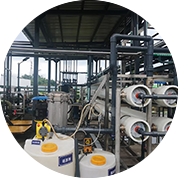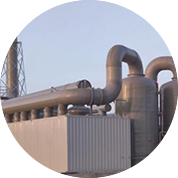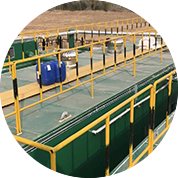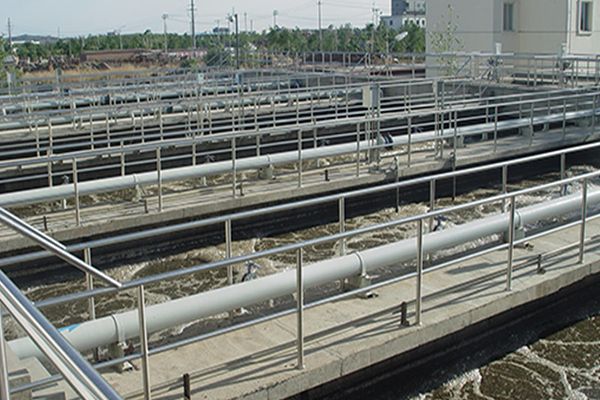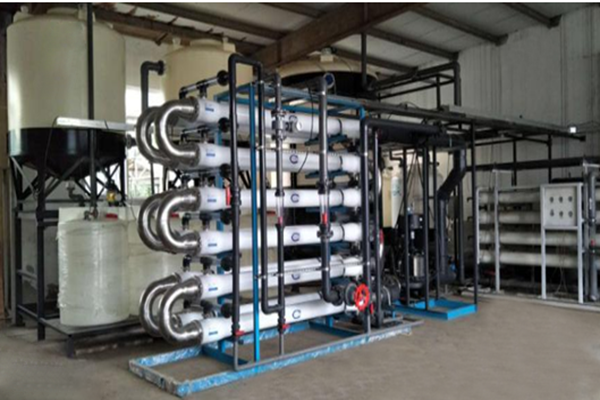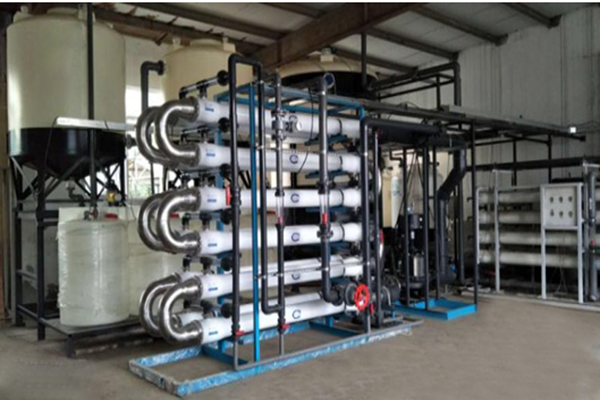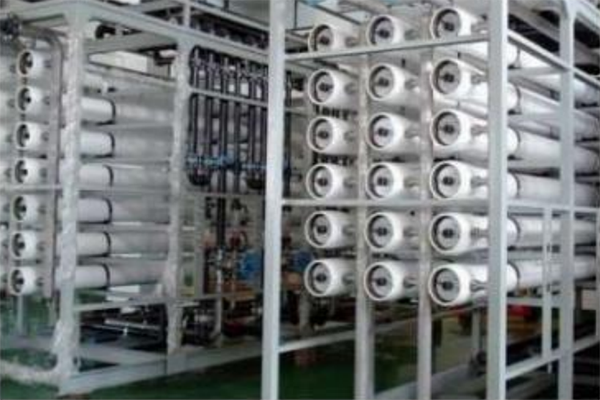
Welcome to Ruiming Environment!
News
 Hotline
Hotline
How to determine whether the flocculant is excessive?
How to determine whether the flocculant is excessive?
To determine the excess of flocculant, we can analyze it from the following aspects:
A. Water quality parameters:
If the water is found to be unusually cloudy and emulsified, the originally clear supernatant also becomes worse. More importantly, the turbidity does not decrease but rises, and the concentration of suspended matter does not significantly decrease or even may increase. In addition, we have also noticed that indicators such as chemical oxygen demand (COD) are related to the addition of flocculants, and if there is an abnormal increase unrelated to flocculation, then this may be due to additional chemical reactions caused by excess flocculants.
B. The effect of flocculation:
After flocculation treatment, we found that the sediment is too dense and viscous, not easy to settle, and easy to re-disperse in the water. At the same time, there are more fine particles in the supernatant, and the transparency decreases, showing a certain viscosity. This indicates that the flocculation effect is not ideal.
C. Detection of pharmaceutical residues:
In order to further confirm whether excessive flocculant is involved, a residue assay was performed. If the residue is found to be much higher than the normal range, then excessive use can be determined.
D. Site inspection and experimental analysis:
Laboratory trials and field adjustment tests are commonly used to determine the optimal dosage. We observe the changes in the rate of flocculation and the size of the floc, which may form a large number of fine floc that is difficult to precipitate. In addition, we also found that the coagulant is difficult to completely dissolve is also a warning signal.
Excessive flocculant performance may be more than these, for example, it may also lead to changes in the pH value, hardness and other indicators of the water body, thus affecting the water quality. At the same time, excessive flocculant may lead to poor treatment effect, unable to effectively coagulate suspended matter and dissolved matter, which will not only cause waste of resources, but also cause certain pollution to the environment.
Therefore, judging whether the flocculant is excessive is a comprehensive process, which needs to be considered in combination with many factors such as water quality parameters, flocculation effect, drug residue and experimental analysis. In practical applications, we should reasonably adjust the amount of flocculant added according to the water quality conditions and specific needs to achieve the best treatment effect. At the same time, we also need to pay close attention to and deal with any possible abnormal situations to ensure the smooth progress of water treatment.
- More > Where does the wastewater from chemical production end up after treatment? Is it drinkable?
- More > Sewage treatment technology knowledge
- More > The advantages of electroplating sewage treatment equipment
- More > Uncovering the black technology of ethanol waste gas treatment: a new chapter of green transformation
- More > Solar torch burning equipment: the perfect integration of environmental protection and efficiency
- More > Inclined tube sedimentation tank: The optimal solution for efficient water treatment?
- More > Where is the industrial pure water equipment?
- More > Whole-house deep water purification solution: dedicated to creating a healthy and comfortable home environment
- More > Reveal it! The price of 10 tons of water purification equipment starts from the bottom, is your budget enough?
- More > Analysis of the processing flow and working principle of MBR integrated equipment
- Previous:The secret of slaughterhouse wastewater treatment process: Environmental protection and controversial black technology?
- Next:So what are the effects of overdosage of flocculant?
Tags for this article:Flocculant, water treatment agent, water treatment, sewage treatment equipment
Shenzhen Ruiming Environmental Technology Co., Ltd.
-
 Phone:13823530689
Phone:13823530689 -
 E-mail:szrme_008@126.com
E-mail:szrme_008@126.com -
 Phone:0755-86208689
Phone:0755-86208689 -
 Address:Building 47, Xinwei Village, Xili Street, Nanshan District, Shenzhen
Address:Building 47, Xinwei Village, Xili Street, Nanshan District, Shenzhen Copyright © 2022 Building 47, Xinwei Village, Xili Street, Nanshan District, Shenzhen All Rights Reserved.
 Tik Tok
Tik Tok
 Public number
Public number
Hotline:13823530689


